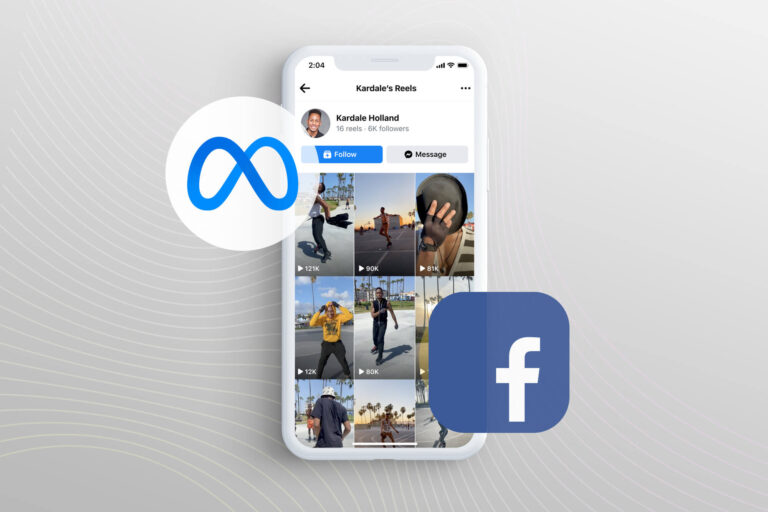Google is extending its “vibe-coding” mini-app builder Opal to 15 additional countries, while introducing enhanced debugging and performance upgrades. The move signals Google’s ambition to distribute its no-code AI tools more broadly — even as the Middle East and North Africa remain outside the first wave of expansion.
In a blog post, Google revealed Opal’s new availability in Canada, India, Japan, South Korea, Vietnam, Indonesia, Brazil, Singapore, Colombia, El Salvador, Costa Rica, Panama, Honduras, Argentina, and Pakistan. The company also announced improvements such as a more transparent step-level debugging interface and the ability to run multi-step workflows in parallel to accelerate complex automations.
According to TechCrunch, Opal allows users to simply describe the mini-app they want, and Google’s AI automatically generates a workflow they can visualize, edit, and iterate on. Once finalized, the app can be published on the web for others to try. The new debugging upgrades now show errors precisely where they occur, allowing quick fixes through either the visual editor or the console.
While the expansion reflects Google’s growing focus on user-friendly AI creation, no MENA markets have been included yet. That omission stands out as countries like Saudi Arabia and the UAE rapidly advance national AI initiatives and build ecosystems around low-code and no-code innovation.
For founders and creators in MENA, Opal could eventually become a powerful tool for rapid prototyping — helping startups without coding resources turn ideas into usable apps in hours. However, to truly succeed in the region, Google will need to integrate Arabic language prompts, regional data compliance, and local developer support.
If Google maintains its pattern of phased launches, the next rollout might include the GCC and North Africa. Until then, the region’s innovators will be watching closely — waiting for their turn to “vibe-code.”




Google expands AI App Builder Opal to 15 Countries — but MENA still waiting